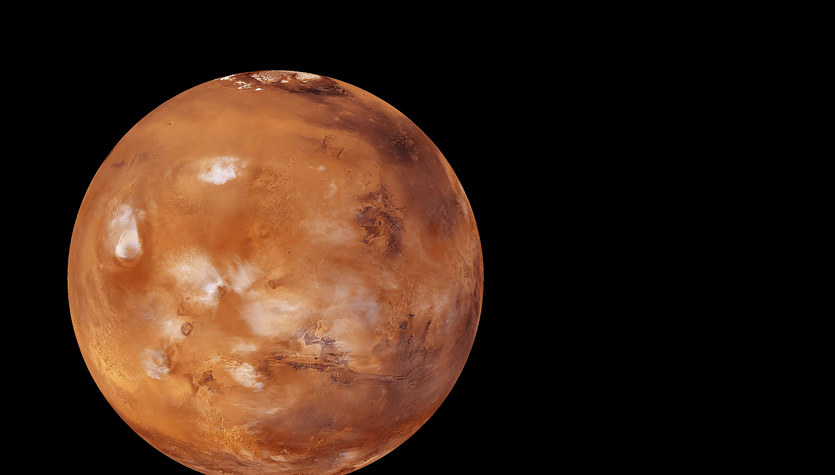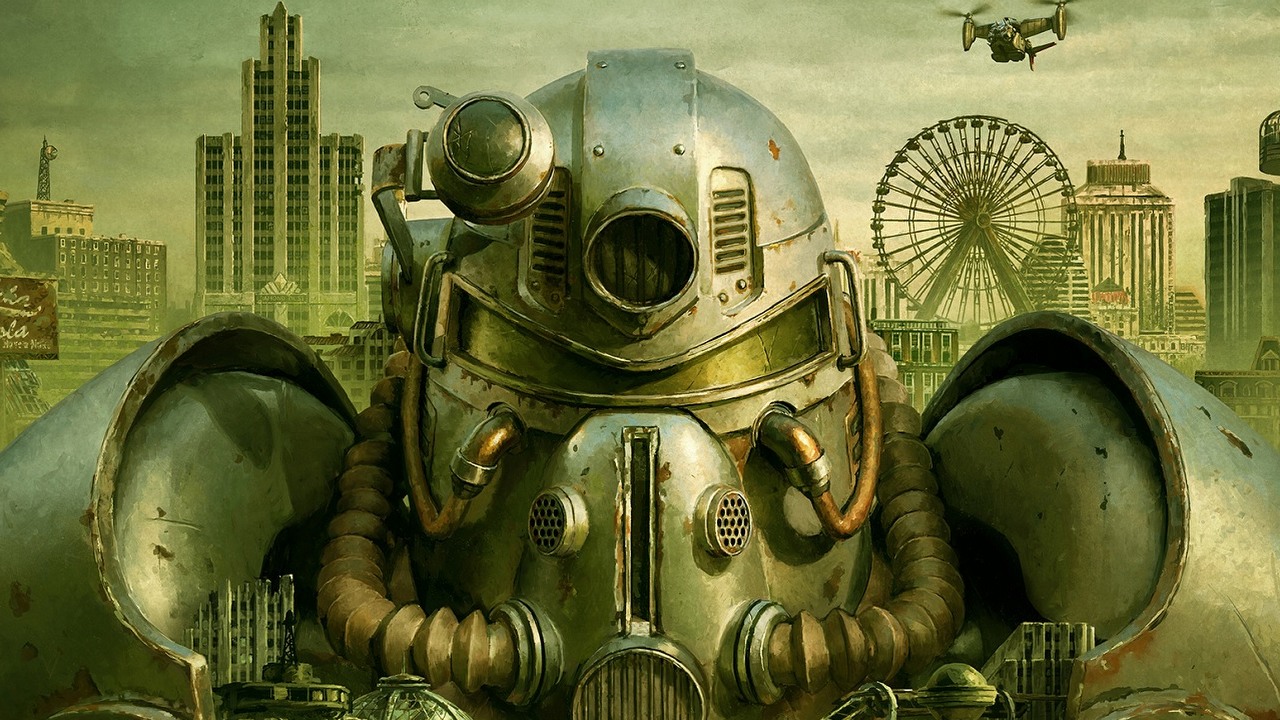Name of the deceased? Planet Mars. The younger brother of our planet, who looked like the chief planetary for the solar system. In his youth, he had a dense atmosphere of carbon dioxide, about 20 percent. Its surface was covered by a warm shallow sea. He had everything you need to make a living. But instead, about 4 billion years ago, Mars simply became extinct.
Its dense atmosphere disappeared, the seas evaporated or sank into the land, forming permafrost, and the warm, humid climate turned into a dry desert with conditions resembling an inhospitable version of Antarctica. Most importantly, Mars’ death was instantaneous. It changed from a blue planet to a red corpse in 500 million years at most.
***
We discovered the direct cause of Martian death in 1965, although we didn’t know it at the time. The Mariner 4 spacecraft was the first Earth spacecraft to make a close-up observation of the Red Planet. For anyone expecting to see Martian cities, his research must have been a disappointment: Mars was cold, empty, and surrounded by an atmosphere a hundred times rarer than Earth’s.
But the most important observation made by the small probe was easy to miss. His magnetometer indicated that the planet’s magnetic field – on Earth, forming a powerful shield that protects us from the solar wind – is virtually non-existent. This is much more than just a curiosity for geologists.
A planet’s global magnetic field is created through a process known as a dynamo: molten metal flowing in the planet’s core creates an electric current that creates a magnetic field. On Earth, this dynamo causes the compass needles to point north. But the dynamo of Mars stopped billions of years ago.
About 4 billion years ago, the core of Mars cooled, disrupting the dynamo that was maintaining its magnetic field. This made the planet more vulnerable to the action of the solar wind. This one literally tore up the Martian atmosphere, suffocated, froze, and dried up Mars all at once. The planet has turned into a desert, and its suffering continues to this day: Mars continues to lose about 100 grams of atmosphere per second through the solar wind.
Check also: The more we fly into space, the more Earth suffers
***
We know almost everything about the death of Mars. But the more closely we look at what actually happened on the Red Planet, the more question marks appear. When exactly did Mars lose its magnetic field? Was it a violent event or a process spanning millions of years? And how long did the conditions on Mars last that allowed living things to evolve?
This last question is especially important because every additional million years that Mars has had conditions more favorable for life means a greater chance that life on this planet can arise, evolve, and transform into forms that would have survived the subsequent catastrophe. Perhaps it will survive even today, for example in underground lakes or permafrost.
The answer came from the space probe, which, as one of the few Martian missions, never provided us with amazing pictures of the planet, because it did not have even the simplest camera on board. However, MAVEN has a suite of instruments on board, which were supposed to unravel the mystery of Mars’ death.
The probe found that Mars has a global magnetic field much earlier – and much later – in the planet’s history than scientists previously knew.
“We found that the Martian dynamo must have been operating between 4.5 billion and 3.7 billion years ago. This is very different from what we have already assumed.” said Anna Mittelholz, a postdoctoral researcher in the Department of Earth, Oceanic and Atmospheric Sciences at the University of British Columbia. It seems that life on Mars took a long time to prepare for the big freeze.
***
But why exactly did the great Martian dynamo stop, destroying the planet’s atmosphere and climate? We don’t get a single good answer here yet.
In 2009, a team of scientists from the University of California at Berkeley and Johns Hopkins University published a study concluding that a major catastrophe could be responsible for the death of Mars’ magnetic field: the planet’s collision with a giant asteroid.
It was supposed to take place during the so-called Late Heavy Bombardment – a period in the history of our solar system during which the planets closest to the Sun – including Earth and Mars – were bombarded with a massive bombardment of cosmic rock.
The massive collision could heat up Mars’ mantle and disrupt underlying convection. Without this flux, the primary convection stops and the magnetic field disappears with it.
James Roberts of Johns Hopkins University said in 2009: “During the bombing, Mars was hit by at least five large asteroids. Any of the giant giants could have disrupted the dynamo.” Twice the size of Mars, it probably had a dynamo strong enough to withstand or recover from massive shocks.
In the end, it was the small size – a little larger than half of our planet – that could lose our neighbor. According to a study published by scientists at the University of Washington in September 2021, Mars’ small size and weak gravity simply did not give the planet enough strength to contain air or water. With or without magnetic field.
“There is likely to be a rocky planet threshold that must be crossed to retain enough water to support life,” study author Kun Wang wrote.
Which means there could be billions of Mars-like planets that are almost completely non-habitable in our galaxy. Victims of a mysterious disease that kills small worlds.

“Prone to fits of apathy. Introvert. Award-winning internet evangelist. Extreme beer expert.”







